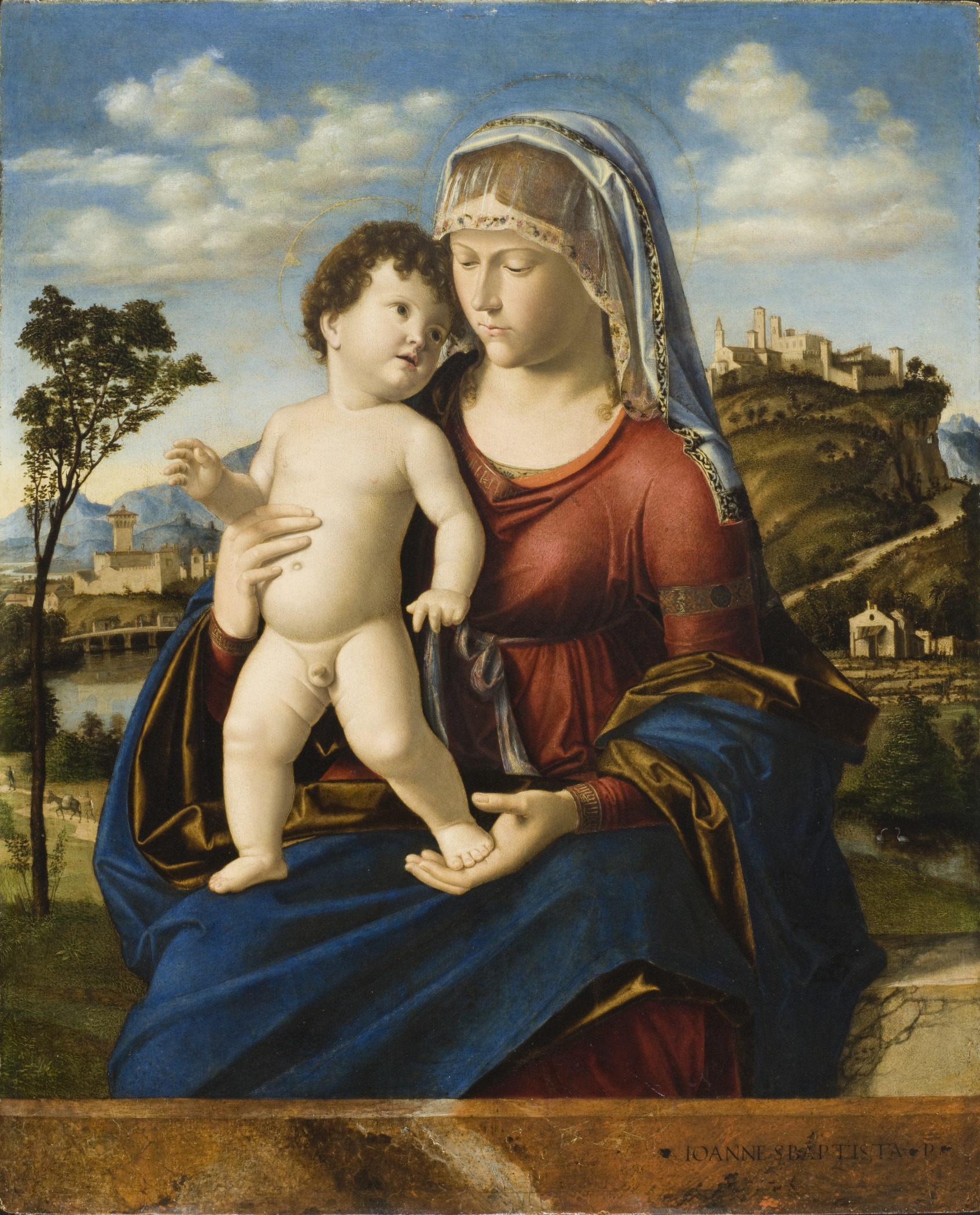Making Art in Venice, 1200-1600
Module Description:
This module examines various aspects of the artistic production in Venice from thirteenth to sixteenth century. By examining the technical procedures and creative processes involved in the production of works such as mosaics and paintings, sculptures and buildings, students will not only gain an understanding of the means by which works of art were produced, but also of the socio-historical environment of Venice itself. The course combines a thematic and a chronological approach, and illustrates how the constant elaboration of new methods and styles, from the Byzantine tradition up to the Renaissance style, matches the cultural and physical changes that characterise the history of the city and of its fabric. The works of art will be examined in the light of their material and social contexts, with a focus on the organisation of the labour and the dynamics of patronage.
Sample Syllabus (subject to change):
Week 1: Introductory session
Week 2: The Venetian Mosaic
Week 3: The Production of 'Ancone' in Venice (14th-Early 15th Centuries)
Week 4: Piety and Patronage, 14th-16th Centuries
Week 5: The Venetian House: Techniques, Layouts, Organization of Labour
Week 6: READING / TRAVEL WEEK
Week 7: Architecture and Public Commissions in Venice: The Doge’s Palace
Week 8: Producing Bronze in Venice (15th-16th Centuries)
Week 9: Sculpting Marble in Venice (15th-16th Centuries)
Week 10: Painting Workshops of the Renaissance: Bellini and Titian
Week 2: The Venetian Mosaic
Week 3: The Production of 'Ancone' in Venice (14th-Early 15th Centuries)
Week 4: Piety and Patronage, 14th-16th Centuries
Week 5: The Venetian House: Techniques, Layouts, Organization of Labour
Week 6: READING / TRAVEL WEEK
Week 7: Architecture and Public Commissions in Venice: The Doge’s Palace
Week 8: Producing Bronze in Venice (15th-16th Centuries)
Week 9: Sculpting Marble in Venice (15th-16th Centuries)
Week 10: Painting Workshops of the Renaissance: Bellini and Titian

